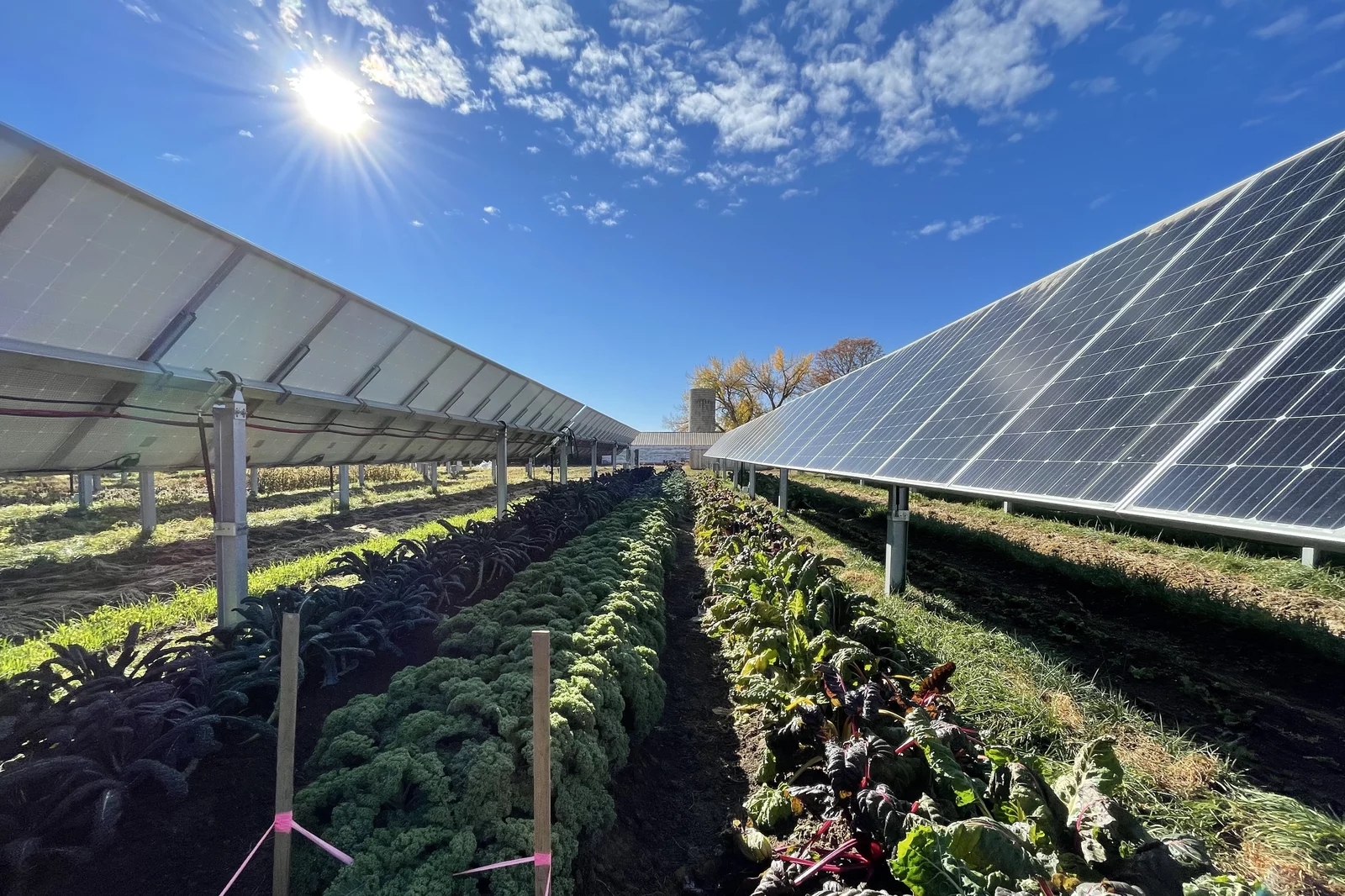Some succulents require more sunlight than others, but most will do just fine with the indirect sunlight that filters through solar panels. If your solar panels get direct sunlight for part of the day, that’s even better.
There are some companies trying to combine solar panels with agriculture by growing crops underneath them. This has the potential to provide food and energy at the same time. While this is still in the experimental stage, it’s possible that succulents could be part of this type of solar farm in the future.
In this article, I will list the top 12 succulent types that can live under solar panels with little to no sun.
Contents
What Succulents Can Live With Little to No Sun Condition Like Under Solar Panels?
If you have a solar farm, the chance of having direct sun go through the solar panel is very low. That’s why I wanted to find succulents that can live with little to no sun conditions. Most of the time, when we think about succulents, we think about those that can tolerate harsh desert conditions where there is plenty of sun.
But what if you want to grow succulents in a shady area or under solar panels? You can, and there are quite a few options available to you. Some of the popular succulents that require less sun are:
- Aloe Vera
- Haworthia
- Gasteria
- Sedum
- Crassula
- Echeveria
- Kalanchoe
- Sempervivum
- Aeonium
- Sansevieria
- Dracaena
- Agave
Aloe Vera
Aloe Vera is a popular succulent that can tolerate low-light conditions. It’s easy to care for and makes a great houseplant.
Haworthia
Haworthia is a genus of succulent that includes over 60 species. While most Haworthias need bright light to thrive, there are a few that can tolerate low light conditions.
You can propagate Haworthia from offsets, leaf cuttings or seeds.
Gasteria
Like Haworthia, Gasteria is a genus of succulent that includes over 80 species. They are native to South Africa and can be found in a variety of habitats.
Gasteria can grow up to 2 feet (60 cm) tall and 3 feet (90 cm) wide. They are slow-growing succulents that are easy to care for. This type of succulent can be propagated from offsets, leaf cuttings or seeds.
Sedum
There are over 400 species of Sedum, and most of them are native to Europe, Asia and North America. While Sedum can tolerate full sun, some varieties will do just fine in low light conditions.
Sedums are easy to care for and make great houseplants. They can be propagated from offsets, leaf cuttings or seeds.
Crassula
There are over 1,400 species of Crassula, and they are native to every continent except Antarctica. They come in a wide variety of shapes and sizes and can tolerate a wide range of conditions.
Crassulas are easy to care for and make great houseplants. They can be propagated from offsets, leaf cuttings or seeds.
Echeveria
There are over 150 species of Echeveria, and they are native to Mexico and Central America. They come in a wide variety of shapes and sizes and can tolerate a wide range of conditions.
Watering Setup to Successfully Grow Succulents Under Solar Panels
Of course, combining irrigators with solar panels means that you need to set up a water system, so it is easy to water the plants. Even though many of these succulent types need less water to live, you will still need to water them.

A watering system can be fully automatic or semi-automatic. It can be a simple drip irrigation system or a more complex system that includes timers, sensors, and controllers. You can use a simple drip irrigation system or a more complex hydroponic setup.
These are just a few of the most popular succulents that can live with little sun. If you want to learn more about growing succulents in low-light conditions, check out this article.
FAQs
Can succulents survive under the sun?
Most succulents can survive in full sun, but there are a few that prefer partial shade or full shade such as Aloe Vera, Haworthia, Gasteria, Sedum, Crassula, Echeveria, Kalanchoe, Sempervivum, Aeonium, Sansevieria, Dracaena, and Agave.
Can succulents live under LED light?
Yes, succulents can live under LED light, but they will need a minimum of 4 hours of light per day. LED lights, in general, do not produce enough light for succulents to thrive. So, it’s best to use them as supplemental lighting.
Can succulents live inside with artificial light?
Same as LED light source, succulents can live inside with artificial light, but they also need a minimum of 4 hours of light per day. Some artificial light types can produce enough light for succulents to thrive, but it is still best to use them as supplemental lighting because plants or succulents need a light spectrum that is close to sunlight to grow properly.
How many hours of darkness do succulents need?
Most succulents need 12 hours of darkness to bloom, but some can get by with as little as 6 hours. With “under solar panels” conditions, there is no worry about the hours of darkness, because the plants will be in complete darkness when solar panels are not generating power.
Conclusion
Growing crops under solar panels can be a great way to maximize your land usage and produce food and energy at the same time. Solar panels can provide shade and protection from the elements for your plants, and the extra water that drips from the panels can help to keep your plants hydrated.
When choosing plants to grow under solar panels, it’s important to choose those that can tolerate low light and high heat conditions. Some of the most popular solar-friendly plants are succulents, cacti, and leafy greens.
If you’re interested in growing plants under solar panels, be sure to check out our guide to the best plants for solar farming.